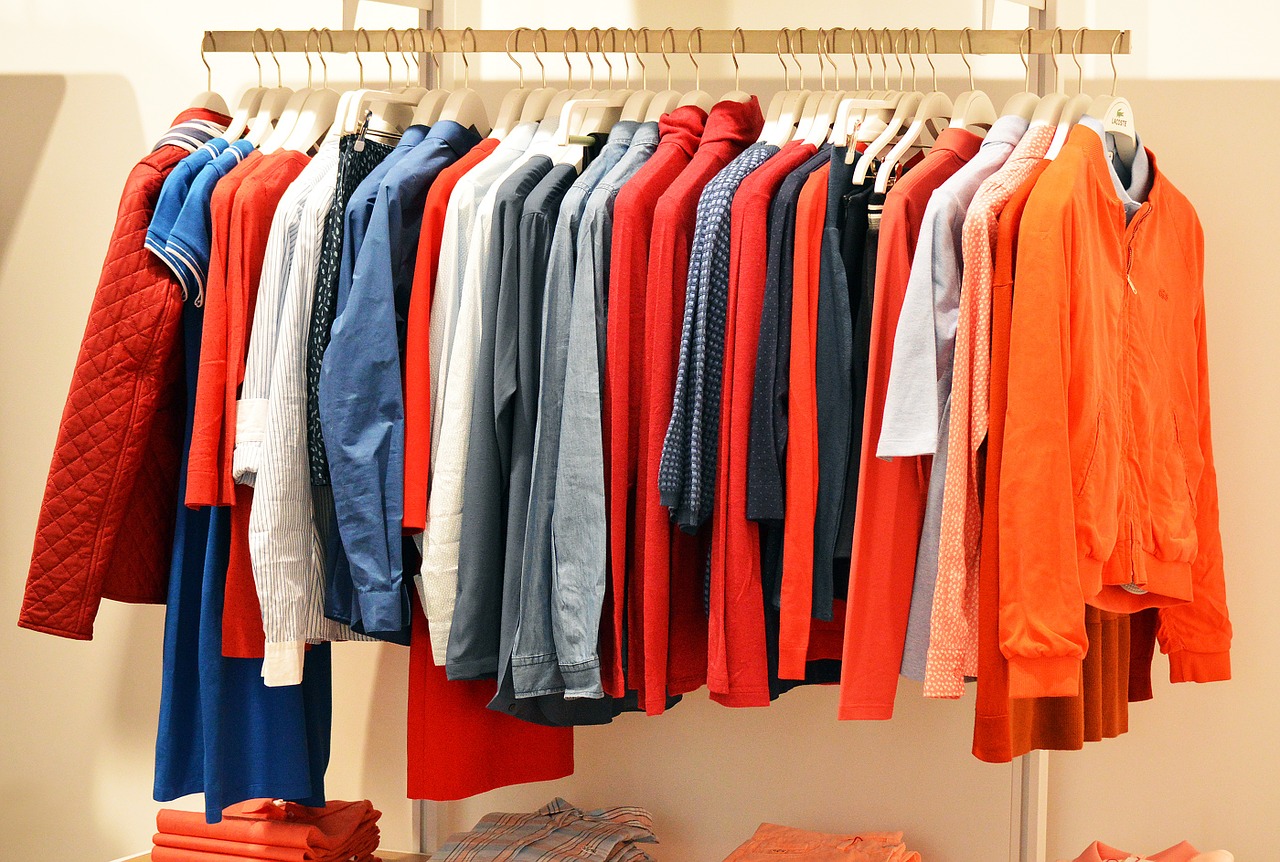To most creatives, the idea of starting a clothing line is a dream come true.
Start a successful clothing line if you have the ideas, the energy, the talent, and the resources.
It turns out there’s a lot more to the design process than you might think. Trying to start from scratch makes it easy to get discouraged.
You’re in luck, though, because we will tell you everything you need to know about starting a clothing line, from beginning to end.
Are you ready to begin? Let’s get started.
8 Steps to Start a Fashion Brand
1. Prepare a business plan
Do you remember the saying, “if you don’t plan you will fail?”?” That holds when starting a line of clothing. Consider your business goal before you start. How would you like to accomplish your goal? What kind of stores are you interested in selling to? Who are your potential customers? If you start a clothing line, knowing this information will guide your later business decisions about design, branding, textiles, and production. The proposal will also be helpful when you start to expand and look for retailers and distributors.
2. Find out what fashion trends or needs are
When you start a clothing line, you will want to stay true to your brand despite changing fashion trends. In order to break the rules, you must first understand them.
Another way to know what’s trending and worth pursuing is to follow influencers and what they’re wearing. If you use Google Trends, you can validate your research by finding out what the biggest fashion trends are.
3. Make Your Brand Visible
If you want your clothing line to be successful, you have to figure out how your brand will stand out. Fashion lines that succeed target very specific markets where there might be a demand. Consider narrowing your clothing line to eco-friendly baby clothes instead of baby clothes. You might consider plus-size activewear instead of activewear.
4. Get Inspired By Others
Make sure you never run out of creative inspiration when starting a clothing line. Connect with fashion influencers on social media to stay in the loop. Get to know popular designers in person.
Don’t limit yourself to images of clothes. You can get ideas for your next design just by walking down the street and noticing the colors and designs that appeal to you. Explore textures, shapes, and color combinations to find what you like.
Friends and family shouldn’t be forgotten either. Are there any needs, what do they wear, and how do they approach clothing? Are they fond of screen printing? What do they think of the Prestige XL2 DTF printer? Conversations like these can spark your creativity.
5. Learn fashion design and development
Now for the fun part! Your next step is to begin the process of designing your clothing line once you have decided on a brand and niche market for your business. It is important to make a good first impression, just as with anything else. Your next step is to create a collection that will leave an impression on your potential customers.
Sketch out your line and decide which ones you will make a reality, and how you will do it. Even if you choose print on demand, you will still need to choose materials, patterns, fits, and textures and put them all together into a collection you can be proud of. Adding extra embellishments, such as beads, lace, or buttons, is also a great idea.
6. Fabrics and textile designs at your fingertips
If you are looking for fabrics and textiles, business networking is key. Establishing relationships with the right people can help you select fabric agents and designers who are capable of translating your vision into reality when the time comes. This can be accomplished at trade shows and through social media.
Depending on the fabric you need, you should consider whether you need a fabric mill, converter, or jobber, or whether print on demand is the best option for your brand. In order to make an informed decision, ask questions about the lead time, stock availability, shipping, minimum order quantities, and cost.
7. Production and manufacturing of clothing
The next step is to get help with the experience of manufacturing your clothes after you design them.
The location of the manufacturing facility has an impact on the turnaround time and shipping costs. Ensure that the company has a strong business history as well.
In order to exclude manufacturers who do not provide the services your line requires, you will need to determine which services your line requires.
Then, you can compile a list of manufacturers who may fit your clothing line’s needs. Now we need to reach out to them. Briefly introduce yourself and describe the problem you’re facing. Hopefully, you’ll hear back from a few of these manufacturers.
Getting a few manufacturers on your list and experiencing how they work to help you make some samples is the next step.
8. Selling Your Clothing Online
After your clothes have been manufactured, the next step is to sell them!
Think about your brand and image you would like to project at this step. Logos, business names, and slogans can be used for this purpose.
It is helpful to consider what your “brand pillars” are when you are defining your brand. These are three or four key ideas that express the essence of your brand. You can start marketing your clothing line online once you have come up with these.
Marketing your brand story is an important part of starting a business. People read stories on e-commerce sites in order to connect with your brand in a meaningful way. This helps make your brand relatable.
Also Read: 8 Hour Eating Window Boosts Heart Death Risk by 91%

4 Comments